Heart disease remains a critical global health concern. Often, the initial symptoms are subtle and may go unnoticed for years, only becoming apparent when the condition escalates to a heart attack. While routine health check-ups are essential, particularly for individuals with diabetes, high blood pressure, or those who are overweight, there are also several telltale signs that your skin reveals, extending beyond the typical chest pain and breathlessness. Here are seven skin-related indicators that might suggest underlying heart disease.
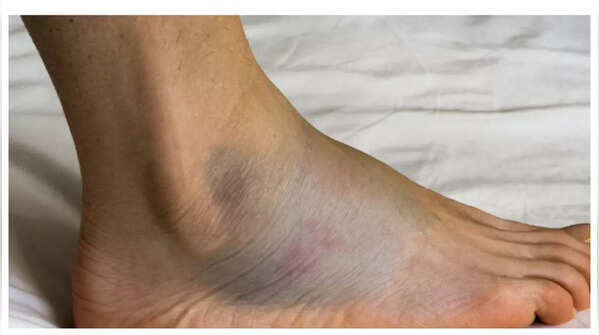
One prevalent sign of heart disease is swelling, predominantly in the feet, ankles, and lower legs. This occurs when the heart's pumping efficiency decreases, leading to fluid accumulation in the tissues. You might notice that your shoes feel tighter than usual or observe noticeable imprints on your skin after wearing socks. In more severe instances, the swelling can extend to the upper legs and groin. If this symptom is accompanied by fatigue or shortness of breath, seeking medical consultation is crucial.
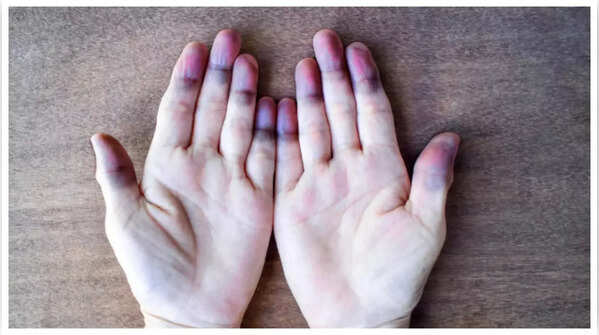
If areas of your skin, such as your fingers or toes, exhibit a blue or purple hue that doesn't revert to its normal color upon warming, it may signify that your blood isn't transporting sufficient oxygen, potentially due to heart complications. This condition, known as cyanosis, often points to a blockage in your blood vessels or impaired heart function. It's a serious indicator necessitating immediate medical intervention, as oxygen deprivation can inflict harm on the skin and underlying tissues.
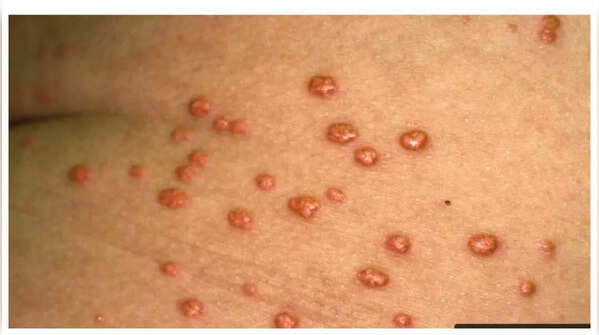
Occasionally, yellowish or orange waxy bumps or plaques manifest on your skin, particularly around the corners of your eyes, elbows, knees, or the back of your legs. These bumps are fatty deposits resulting from elevated cholesterol or triglyceride levels in your blood. While painless, they serve as critical warning signs that your cholesterol levels might be dangerously high, thereby amplifying your susceptibility to heart disease. It's advisable to have your cholesterol levels assessed and managed if you observe these developments.
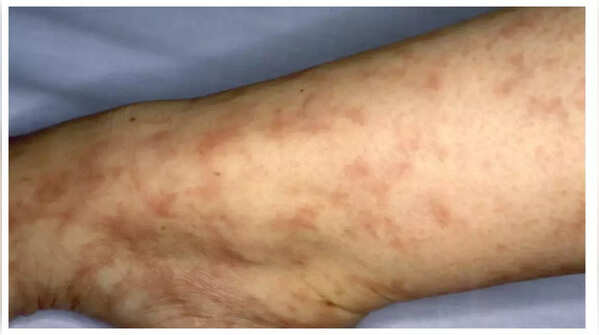
A web-like pattern on your skin, particularly on your legs, could be cholesterol embolization syndrome. This is when small arteries are blocked by cholesterol crystals, causing poor blood flow. This pattern is not a rash or infection and should prompt you to consult a doctor immediately, as it can be linked to serious heart conditions.
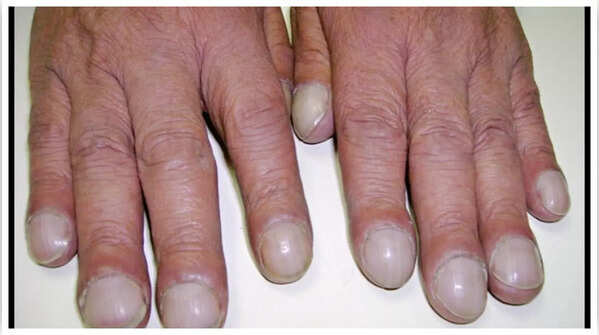
Clubbing, characterized by the rounding and swelling of the fingertips or toes, leading to nails that appear bulbous or curved downwards, can indicate diminished oxygen levels in your blood. This is often associated with heart or lung ailments. Should you observe gradual changes in your nail shape, seeking medical evaluation is recommended.
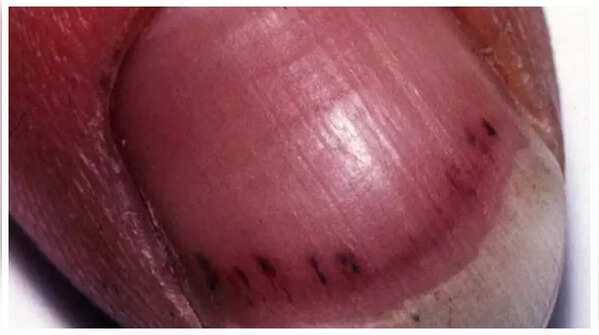
Tiny red or purple lines resembling splinters beneath your nails can denote damage to small blood vessels. These lines may signify infective endocarditis, a grave heart infection. Persistent for several days, they should not be overlooked, especially if accompanied by additional symptoms such as fever or fatigue.

If you notice these signs, consult a doctor right away.
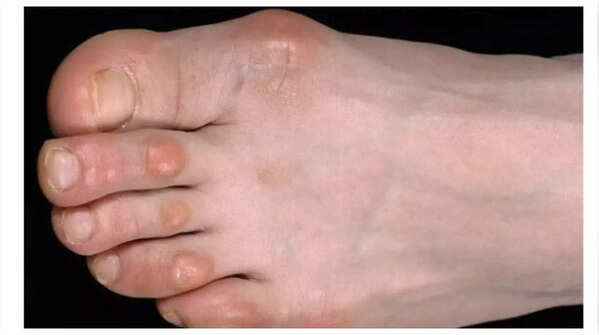
Painful, red or purple lumps on your fingers or toes, known as Osler nodes, can be a sign of heart infection or other heart problems. These lumps may come and go and last for hours or days. If you notice such painful bumps, seek medical advice promptly.

Most importantly, one should learn to listen to their body

Do not ignore the signs. Waiting means worsening the situation. If you experience these signs and symptoms, consult a doctor immediately.

Do not ignore these signs

Do not ignore these signs
Newer articles
Older articles
 Smith Eyes Grenada Test Return After Injury Recovery
Smith Eyes Grenada Test Return After Injury Recovery
 Google Maps Boosts Navigation Precision with Fused Orientation Provider Update
Google Maps Boosts Navigation Precision with Fused Orientation Provider Update
 Earth Sciences Minister Rijiju Expresses Frustration Over Atos Supercomputer Delay, Jeopardizing Weather Forecast Upgrades
Earth Sciences Minister Rijiju Expresses Frustration Over Atos Supercomputer Delay, Jeopardizing Weather Forecast Upgrades
 Washington Freedom Snatch Last-Ball Win Over Knight Riders in MLC Thriller; Playoff Hopes Soar
Washington Freedom Snatch Last-Ball Win Over Knight Riders in MLC Thriller; Playoff Hopes Soar
 East Africa Rift: Mantle Upwelling Drives Birth of New Ocean, Study Finds
East Africa Rift: Mantle Upwelling Drives Birth of New Ocean, Study Finds
 Prasidh Krishna Vows to Sharpen Bowling After Costly Leeds Performance
Prasidh Krishna Vows to Sharpen Bowling After Costly Leeds Performance
 Colon Cancer: Don't Ignore These 5 Subtle Warning Signs
Colon Cancer: Don't Ignore These 5 Subtle Warning Signs
 Gavaskar Urges India to Replace Thakur with Yadav for Second Test Against England
Gavaskar Urges India to Replace Thakur with Yadav for Second Test Against England
 Rishabh Pant's Unconventional Batting Style Is Revolutionizing Cricket, Says Greg Chappell
Rishabh Pant's Unconventional Batting Style Is Revolutionizing Cricket, Says Greg Chappell
 Vitamin B12 Deficiency: Cardiologist Explains Symptoms, Sources, and Why You're Always Tired
Vitamin B12 Deficiency: Cardiologist Explains Symptoms, Sources, and Why You're Always Tired